It is incredibly frustrating when you plug in your headphones on Windows 10 to listen to music or join a meeting, only to be met with silence. This common issue affects many users and can be caused by anything from a simple settings error to a more complex driver problem. Fortunately, you can fix most headphone issues yourself by following a few straightforward troubleshooting steps, getting your audio back without needing a technician.
First Steps: Check Your Physical Connections and Volume
Before diving into complex settings, always start with the most basic checks. Many audio problems are caused by simple physical connection issues that are easy to overlook. A loose cable or a muted volume slider can be the silent culprit.
First, ensure your headphone jack is plugged firmly into the correct audio port on your computer. Most PCs have separate ports for microphones and headphones, often color-coded green for audio out and pink for mic in. If you are using USB headphones, try a different USB port to rule out a faulty port. Also, inspect the entire length of the cable for any visible signs of damage, like frays or kinks.
Next, check your volume levels. It might sound obvious, but it is a common mistake. Click the speaker icon in the bottom-right corner of your taskbar and make sure the volume slider is turned up and not muted. Also, be aware that some applications, like video players or communication apps, have their own separate volume controls. Open the Volume Mixer by right-clicking the speaker icon to check the levels for each open program.
Configure Your Windows Playback Device Settings
If your physical connection is secure, the next step is to tell Windows 10 where to send the sound. Your computer can have multiple audio outputs, such as built-in speakers, monitors with speakers, and your headphones. Sometimes, Windows doesn’t automatically switch to your headphones when you plug them in.
You can manually set your headphones as the primary audio device. Here is how you do it:
- Right-click the speaker icon in your taskbar.
- Select ‘Sounds’ from the menu that appears.
- In the new window, click on the ‘Playback’ tab.
- Find your headphones in the list of devices.
- Right-click on your headphones and choose ‘Set as Default Device’. A green checkmark should appear next to them.
While you are in the Playback tab, you can also disable other audio devices you are not using. Right-click on devices like your monitor’s speakers and select ‘Disable’. This can prevent conflicts and ensure that audio is always routed to your headphones when they are selected as the default.
Update or Reinstall Your Audio Drivers
Audio drivers are essential pieces of software that allow your Windows operating system to communicate with your audio hardware. If these drivers are outdated, corrupted, or incorrect, your headphones may not be detected or may fail to produce sound. Keeping them updated is a crucial part of system maintenance.
Updating your drivers is a straightforward process through the Device Manager. You can let Windows search for the best driver automatically. If that doesn’t work, reinstalling the driver can clear up any corruption by forcing Windows to start fresh.
If Windows cannot find a new driver, you may need to visit the website of your computer or motherboard manufacturer (like Dell, HP, or ASUS) to download the latest audio driver for your specific model. This is often the most reliable way to get the correct driver. After downloading, run the installer and restart your computer to see if the issue is resolved.
Use the Built-in Windows Audio Troubleshooter
Windows 10 includes a set of built-in troubleshooters designed to automatically find and fix common system problems. The Playing Audio troubleshooter is surprisingly effective at diagnosing issues with sound output and can often resolve them with just a few clicks.
To run the troubleshooter, navigate to Settings > Update & Security > Troubleshoot > Additional troubleshooters. From there, click on ‘Playing Audio’ and then ‘Run the troubleshooter’.
The tool will scan your system for common issues, such as disabled services, incorrect settings, or driver problems. It will then present you with potential fixes that you can apply automatically. This is an excellent, user-friendly option to try before moving on to more technical solutions.
Disable Audio Enhancements
Audio enhancements are software features designed to improve sound quality by applying effects like virtual surround sound, bass boost, or loudness equalization. While they can be beneficial, they can also sometimes conflict with certain headphones or audio drivers, causing sound to cut out or not work at all.
Disabling these enhancements is a simple trick that can instantly solve mysterious audio problems. To do this, go back to the ‘Playback’ tab in the Sound settings window. Right-click your headphones, select ‘Properties’, and then navigate to the ‘Enhancements’ tab. Check the box that says ‘Disable all enhancements’ or ‘Disable all sound effects’, then click ‘Apply’ and ‘OK’. Test your headphones again to see if the sound has been restored.
Rule out Hardware Failure by Testing Elsewhere
Finally, if you have tried all the software-based solutions and are still experiencing issues, it is time to determine if the problem lies with your computer or the headphones themselves. The easiest way to do this is to test your headphones on a different device.
Plug your headphones into a smartphone, tablet, or another computer. If they work perfectly on the other device, you know the problem is with your Windows 10 computer’s settings or hardware. If the headphones still do not work, then it is very likely that the headphones are broken and need to be repaired or replaced.
This simple diagnostic step can save you hours of unnecessary troubleshooting on your PC. It definitively isolates the source of the problem, allowing you to focus your efforts in the right place.
Frequently Asked Questions
Why are my headphones plugged in but not detected by Windows 10?
This often happens due to an outdated or corrupt audio driver. Try updating your audio driver through the Device Manager. It could also be a hardware issue, so ensure the headphones are securely plugged into the correct audio port and try a different port if available.
What should I do if my headphones are detected but there is no sound?
First, check that your headphones are set as the default playback device in the Windows Sound settings. Also, verify that the volume is not muted in the system tray or within the application you are using. Disabling audio enhancements in your headphone properties can also resolve this issue.
How can I run the audio troubleshooter on Windows 10?
You can easily run the troubleshooter by going to Settings > Update & Security > Troubleshoot > Additional troubleshooters. Select ‘Playing Audio’ and click ‘Run the troubleshooter’ to let Windows automatically diagnose and fix common sound problems.
Could my privacy settings be blocking my headphones?
Yes, particularly for headphones with a built-in microphone. Go to Settings > Privacy > Microphone and ensure that apps have permission to access your microphone. Sometimes, restricted access can interfere with the overall audio functionality of the device.
What is the difference between updating and reinstalling an audio driver?
Updating a driver installs a newer version over the existing one to fix bugs or add features. Reinstalling involves completely removing the driver and then letting Windows install a fresh copy, which is useful for fixing corruption issues that an update might not resolve.

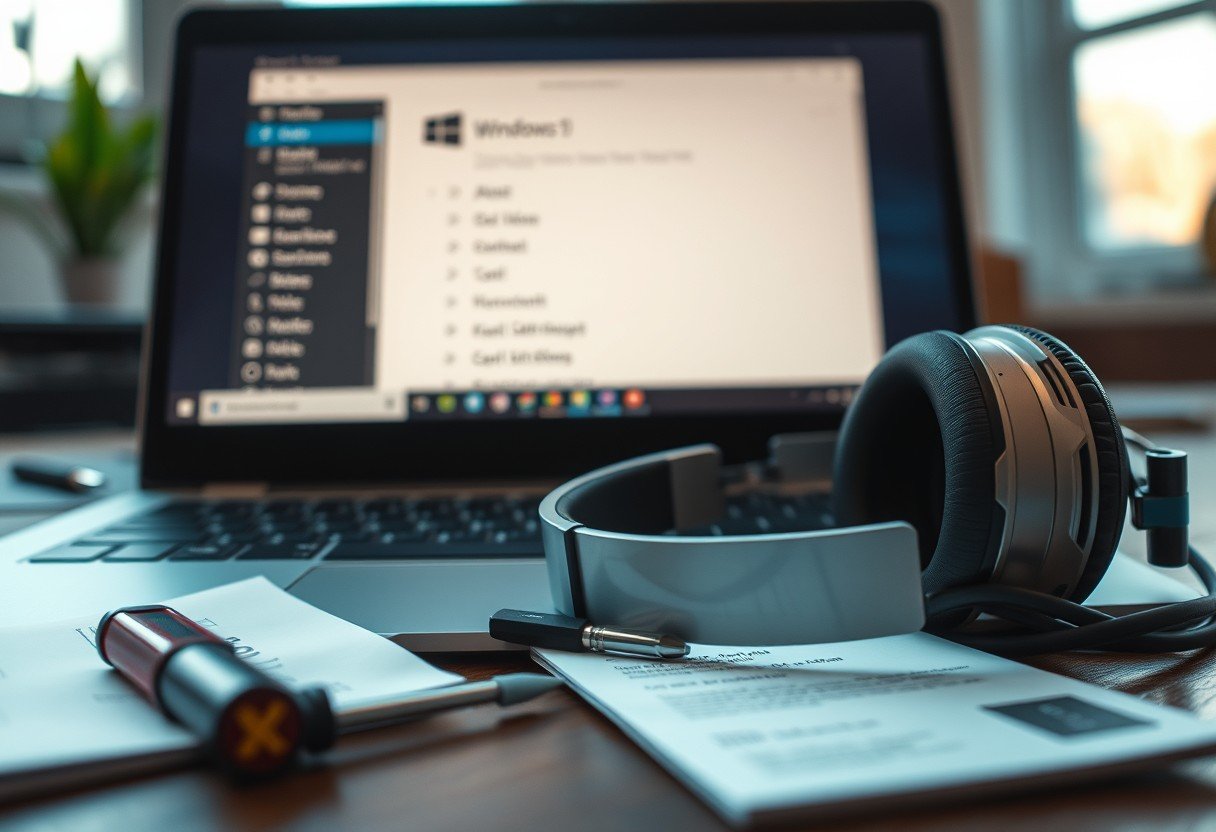



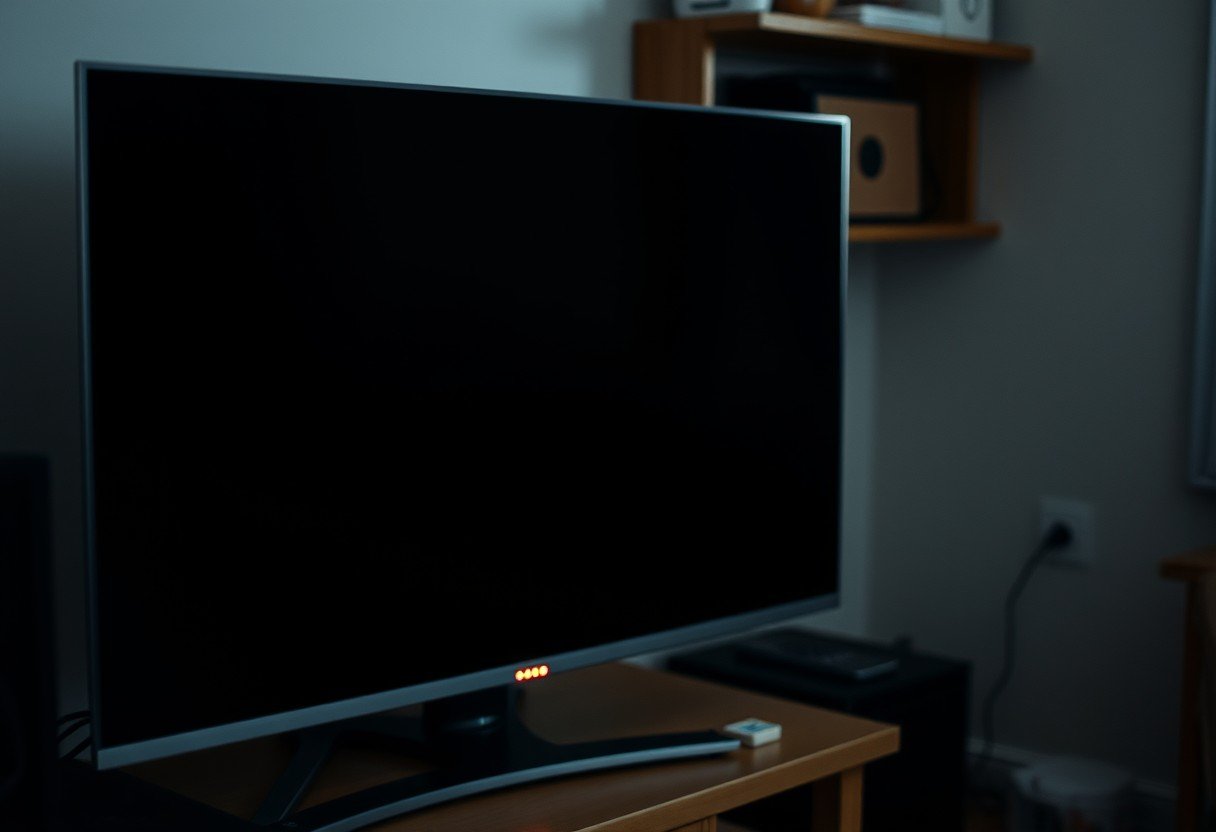
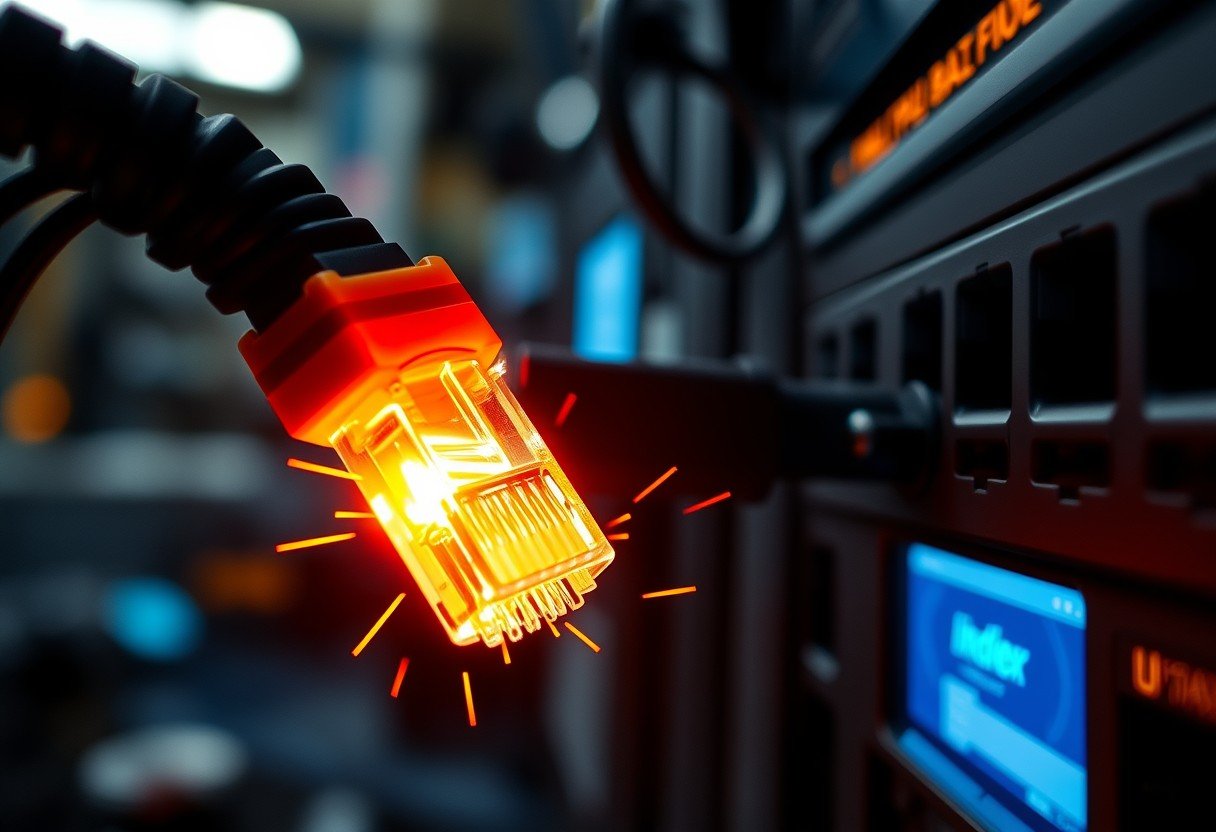
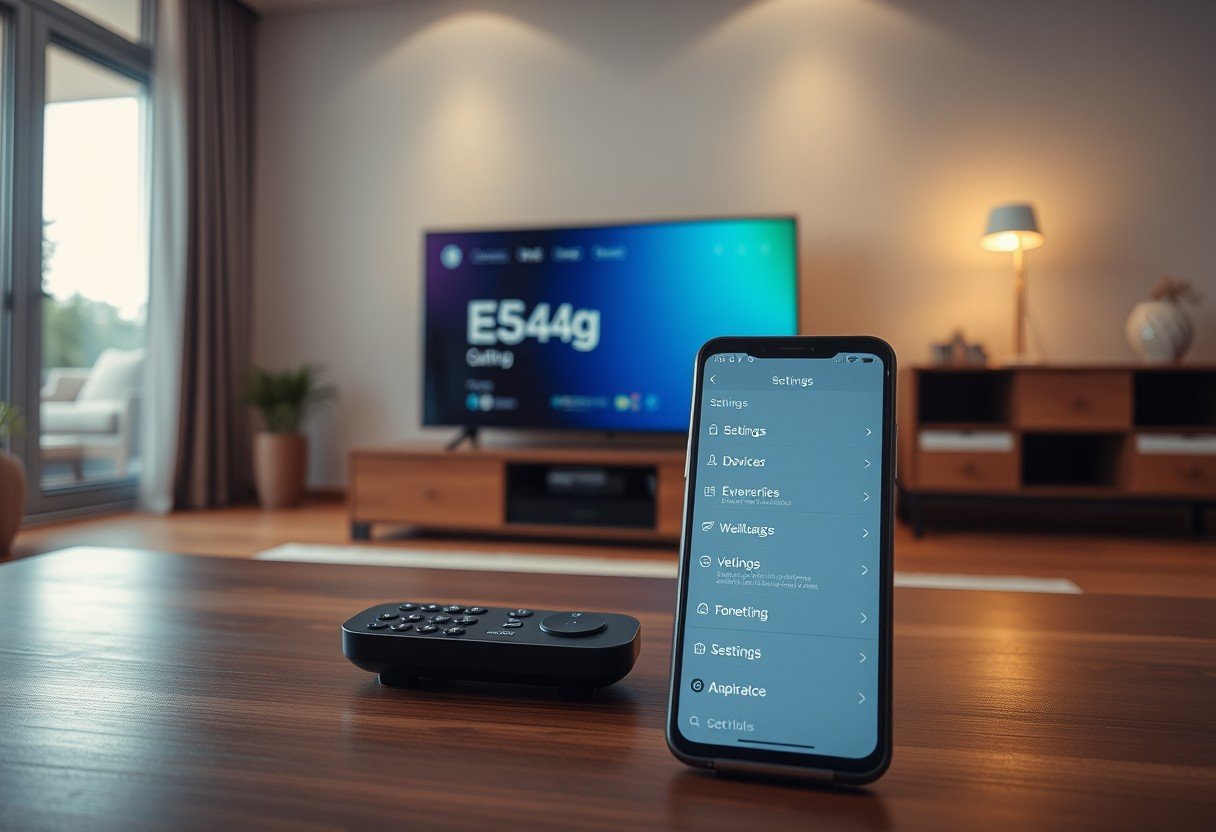
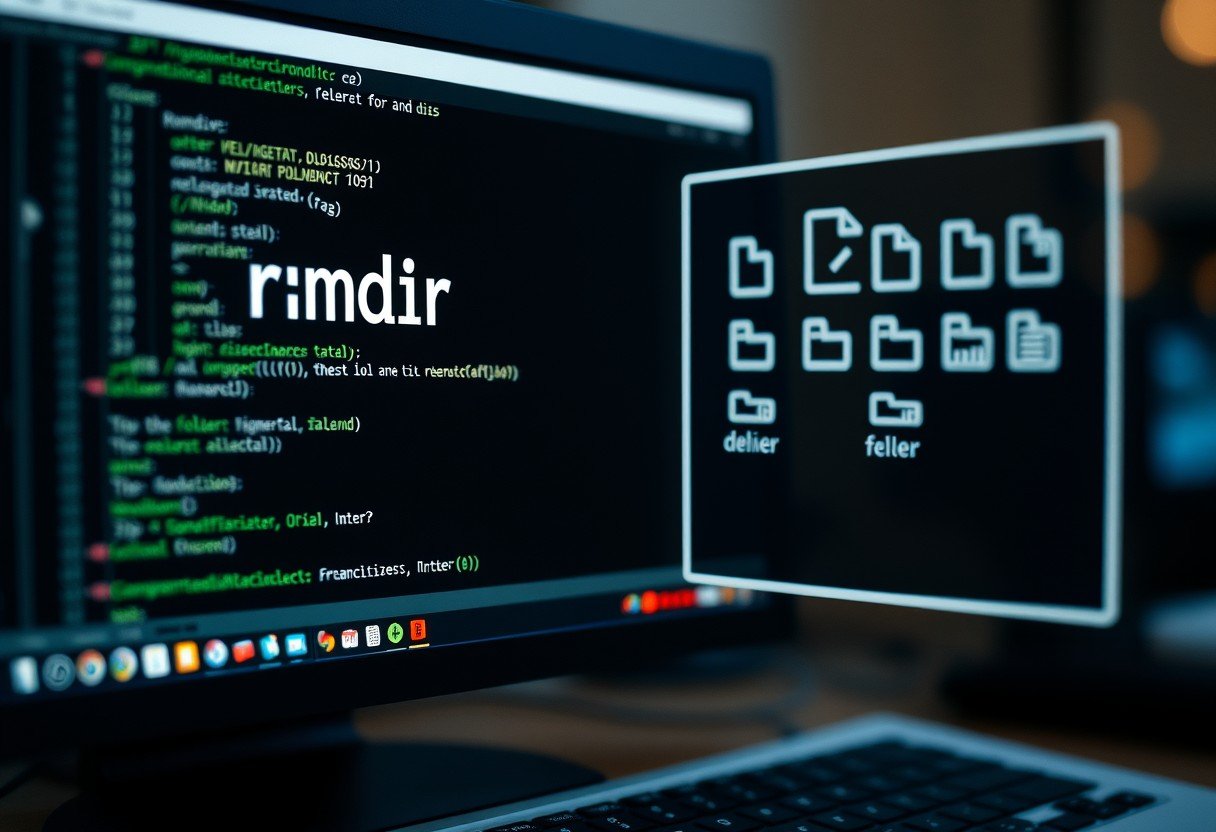
Leave a Comment